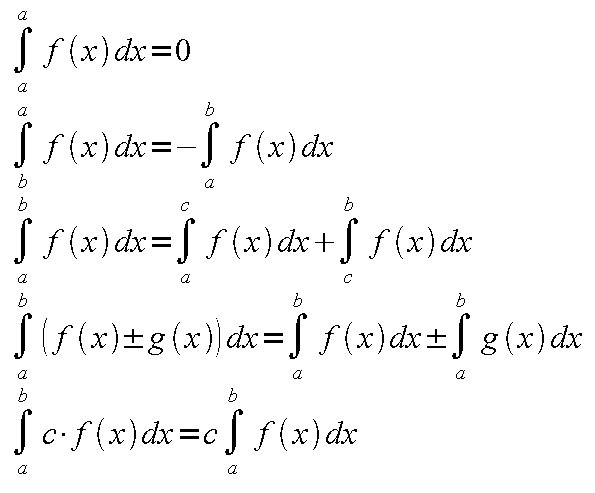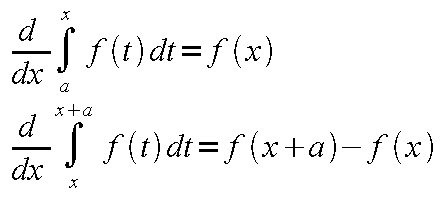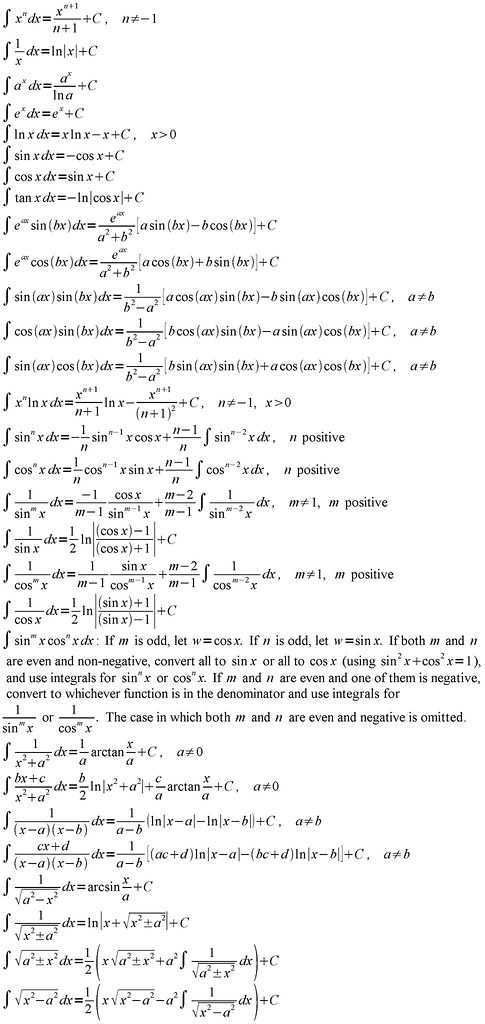When Captain Cook discovered the Hawaiian Islands, young and ambitious Kamehameha first encountered white men, including Captain Cook, and witnessed the wonderful novelties of white men's civilization, such as their guns and metallic weaponry. It was since this encounter that Kamehameha awakened to the new ways of the world and began nourishing his great dream of uniting the Hawaiian Islands. Kamehameha was one of the noblemen on the Big Island of Hawaii, and a nephew of the aging ruler of Hawaii, Kalaniopuu. Upon his death, Kalaniopuu bequeathed the icon of Hawaiian war god Kukailimoku to Kamehameha, but named his son Kiwalao as his ruling heir, and also handed down a big portion of the Big Island to Kiwalao.
In the years that followed (1780's), the Big Island of Hawaii found itself in frequent feuds between Kamehameha and his allies, and Kiwalao's alliance. In 1782, Kiwalao was killed in a battle at Mokuohai by Kamehameha's ally Keeaumoku. Kiwalao's younger brother Keoua and Kiwalao's uncle Keawemauhili escaped the skirmish and remained strong amid occasional conflicts with Kamehameha.
On the leeward side of the Hawaiian archipelago, other lords ruled the other Islands. Most powerful of them was Kahekili of Maui. By 1786, Kahekili had Oahu, Maui, Molokai and Lanai under his rule. Kahekili also had a peace pact with his half-brother Kaeokulani, lord of Kauai.
Since Cook's discovery of the Hawaiian Islands, many ships from the United States, Britain and other nations came to the archipelago as a resting stop on a long journey through the immense Pacific Ocean to replenish their supplies, such as water, salt, fruit and pork. The Hawaiian natives were eager to barter with the white men to get Western goods, including various novelties and metal. Of particular interest to Hawaiian chiefs were firearms of haoles that could give advantages to the warring lords of the Islands. Soon, Hawaiians enthusiastically bought or stole guns and metals from foreign ships that stopped at Hawaiian Islands. Kamehameha, with his keen foresight, was not exception to the first Hawaiian arms race. He captured two Englishmen Isaac Davis and John Young, and had them working for him as gunners. He also acquired a small cannon from a vandalized ship Fair American and called it Lopaka.
With western firearms and English aides, Kamehameha was ready to set out his conquest. In 1790, he invaded Maui and came short of capturing Kahekili's son Kalanikupule. Failing so, he had to return to the Big Island upon hearing about war there. Keoua had killed his uncle Keawemauhili and ravaged Kamehameha's territory. Kamehameha engaged Keoua in indecisive battles before both sides withdrew. One day, Kamehameha built a ritual tower and invited Keoua for discussion. Keoua accepted Kamehameha's ominous invitation and arrived at Kamehameha's ritual site in Kawaihae. Upon setting foot on the beach from his canoe, Keoua was fatally wounded with a spear thrown by Kamehameha's lieutenant Keeaumoku. Thus, Kamehameha got rid of his last opponent on the Big Island of Hawaii, and became the Lord of Hawaii.
In 1791, Kahekili, together with his half-brother Kaeokulani, his foreign gunner Mare Amara and many warriors, sailed for Hawaii to challenge Kamehameha. This battle was the first in Hawaii that saw both sides have foreign gunners, Mare Amara with Kahekili, and Isaac Davis and John Young with Kamehameha. The battle was so fierce that it was called Kepuwahaulaula, the battle off the red-mouthed gun, but no side came out winner. Kahekili withdrew to Oahu. In the quiet years that followed, Honolulu began to transform into a port city when the Englishman William Brown discovered the usefulness of Pearl Harbor. Yet, in mid-1794, Kahekili died leaving Oahu to his son Kalanikupule and other leeward islands to his half-brother Kaeokulani.
Soon after Kahekili's death, Kalanikupule and Kaeokulani turned against each other. They fought each other on Oahu. Kaeokulani was outnumbered and outmaneuvered by Kalanikupule and by Englishman William Brown's men and muskets. In the end, Kaeokulani was killed. In January, 1795, Kalanikupule killed Brown and forced the surviving shipmates to sail the ships for Hawaii to wage a war against Kamehameha. However, Kalanikupule was soon overturned and forced overboard and ashore to Oahu. The shipmates sent a note to John Young and Isaac Davis on Hawaii, telling the plot and its outcome, and left for Canton, China.
Now that Kalanikupule was without military advantages, Kamehameha invaded and took Maui and Molokai in the early months of 1795. Next, Kamehameha took his fleet to Oahu and drove to Nuuanu valley Kalanikupule and Kaiana, once Kamehameha's ally but now his traitor. Eventually, Kalanikupule and Kaiana were cornered and put to death.
At this point, all of the Hawaiian Islands were within the grasp of Kamehameha except Kauai, which was under the rule of Kaumualii. Kamehameha made two attempts to invade Kauai, both resulting in failures. The first attempt to attack Kauai in 1796 was overturned when strong winds and waves turned back Kamehameha's fleet heading to Kauai. The second trial also failed because of the outbreak of an epidemic, possibly cholera or typhoid fever in 1804. Discouraged by two failed attempts, Kamehameha was practical enough to make a compromise with the lord of Kauai, Kaumualii. In 1810, with the help of mediation by an American trader, Nathan Winship, Kaumualii accepted Kamehameha as the supreme ruler of the whole Hawaiian archipelago. In return, Kaumualii would continue to govern Kauai as a tributary king under Kamehameha. Thus, Kamehameha finally united the Hawaiian Islands and built the first kingdom in Hawaii after almost three decades of war.
Upon uniting the islands, Kamehameha laid foundation for the Hawaiian kingdom. He appointed and sent governors to each island. The governors were chosen among his close and loyal chiefs. Kamehameha kept his rule absolute and powerful by directly relaying his commands to his governors and immediately crushing any opposition when such happened. He also established Hawaii as the lively commercial center of the Pacific. Kamehameha controlled Honolulu harbor and oversaw mercantile activities occurring in the harbor. Frequently, he intervened in deal-makings with foreign merchants who sailed to Hawaiian Islands as a stop to replenish food and water. He strictly controlled who could trade with other islands besides Oahu by sending his messengers with foreign merchants to relay his orders to his governors in other islands. However, the foundation of Hawaiian economy was still agriculture and Kamehameha understood it well. King Kamehameha set his people the good example of hard labor by planting taro himself in taro patches and by going on a fishing expedition.
In retrospect, by looking at the feats and deeds of King Kamehameha, his motives to unite the islands may have been to found a strong Hawaiian nation that could bring stability across the Hawaiian isles and strength against foreign forces. At the first encounter with Captain Cook, young Kamehameha may have realized that the world outside Hawaii was so advanced and dynamic compared to the Hawaiian isles. He must have realized that Hawaii had to change. Growing up, he had seen wars between Hawaiian lords. There had to be an end to feuds between Hawaiian people. To this end, he must have felt the need to unite the Islands. Once the Hawaiian islands were united as one kingdom, he could lay a strong foundation for the Hawaiian nation and lead the Hawaiian people for better change so that they could adapt to dynamic foreign influences and resist any foreign forces.
To unite the Hawaiian isles, Kamehameha used both old and new methods. Open-minded about new ways, not only did Kamehameha employ guns, cannons, and warships from foreign merchants, but also advices and aids of foreigners, for example, Isaac Davis, John Young, and Nathan Winship. On the other hand, Kamehameha was still a faithful supporter of old ways at heart, worshiping war god Kukailimoku, building ritual towers heiaus, and consulting soothsayers.
Kamehameha's government was an absolute monarchy in which Kamehameha presided over foreign commerce and foreign affairs of the Islands. However, each island and each district had its own governor and chiefs who governed the area on its own to an extent. He controlled trade on each island through his governors. He also kept strict Hawaiian kapu system to ensure his absolute rule.











